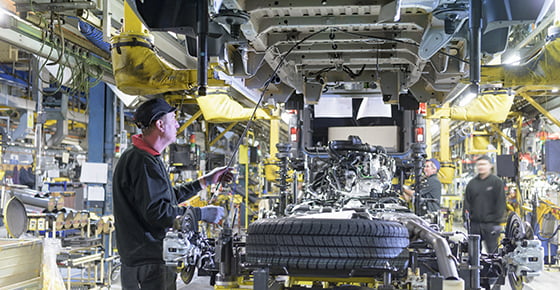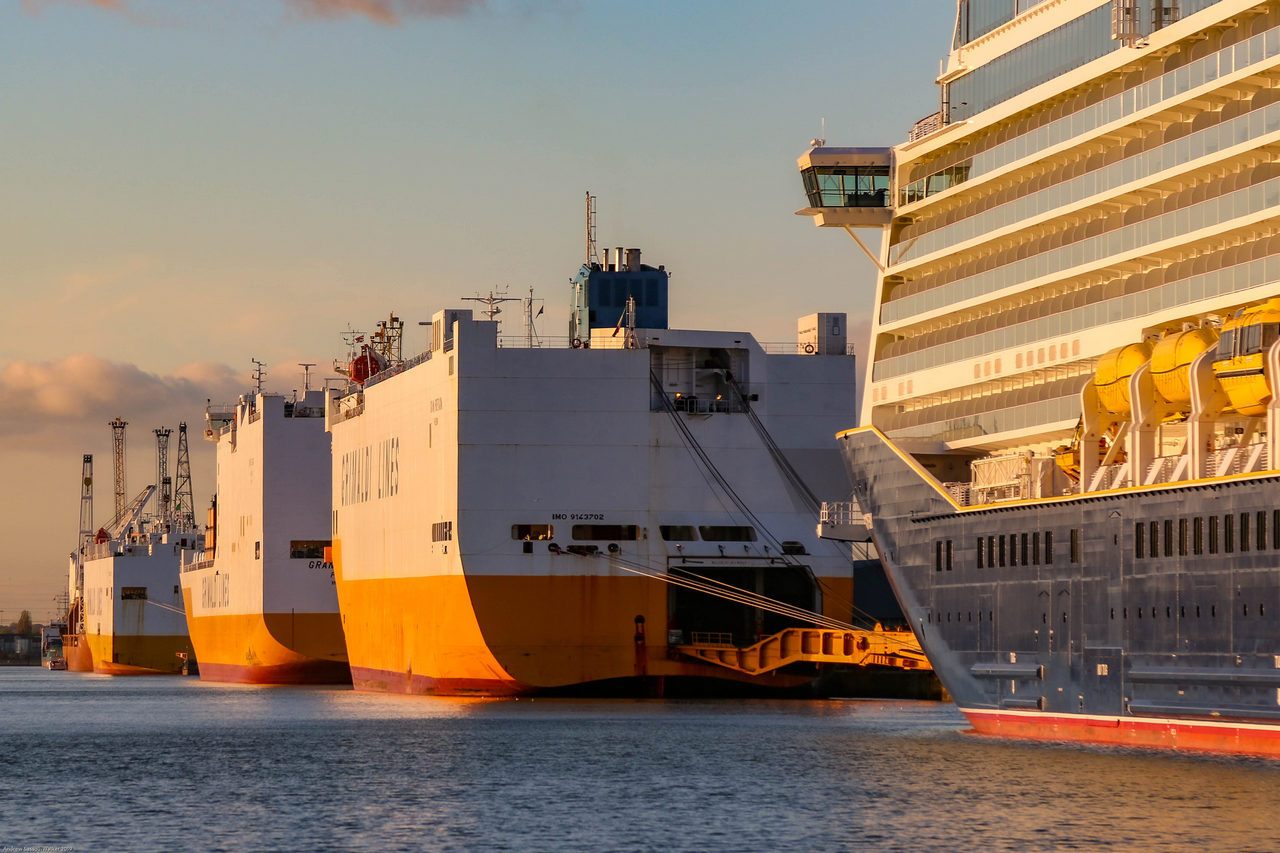
- British CV production rises 92.2% but remains -10.3% down on pre-pandemic levels.
- Production for domestic and overseas markets increases by 96.9% and 87.9% respectively, with more than half of output shipped abroad.
- Sector calls for government action on energy costs to secure full recovery and long-term competitiveness and growth
UK commercial vehicle (CV) production grew 92.2% in the second month of 2022, with 8,278 vans, trucks, taxis, buses and coaches rolling out of British factories, according to figures published today by the Society of Motor Manufacturers and Traders (SMMT). This is compared, however, with the worst February on record last year, when supply chain shortages, new customs processes and prolonged lockdown measures posed significant challenges to production.1 This February’s performance is, however, still -10.3% down on the 9,233 units built in pre-pandemic 2019.
Last month’s growth saw a significant rise in output for customers both in the UK and overseas, with 96.9% and 87.9% increases respectively. Just over half (51.4%) of all CVs built in the UK last month were shipped abroad, with 93.8% destined for the EU. February builds on 22.2% growth in January, with British CV manufacturing up 52.5% in the year to date, at 15,138 units, although this is -17.8% down on the same period in 2019.
Mike Hawes, SMMT Chief Executive, said,
After a challenging couple of years for UK commercial vehicle manufacturing output, it’s encouraging to see recovery as operators in key markets around the world get back to business. Demand for British-built working vehicles remains strong, and recovery will be aided by new models and technologies. However, external pressures, including ongoing chip shortages, now exacerbated by a global squeeze on other key components and raw materials, alongside rising inflation and cost of production, will make getting back to pre-pandemic levels that much tougher. To secure long-term competitiveness and growth for this critical sector, we need government to take urgent action to mitigate crippling energy costs and encourage investment.
Notes to editors
1. 4,308 units made in February 2021




